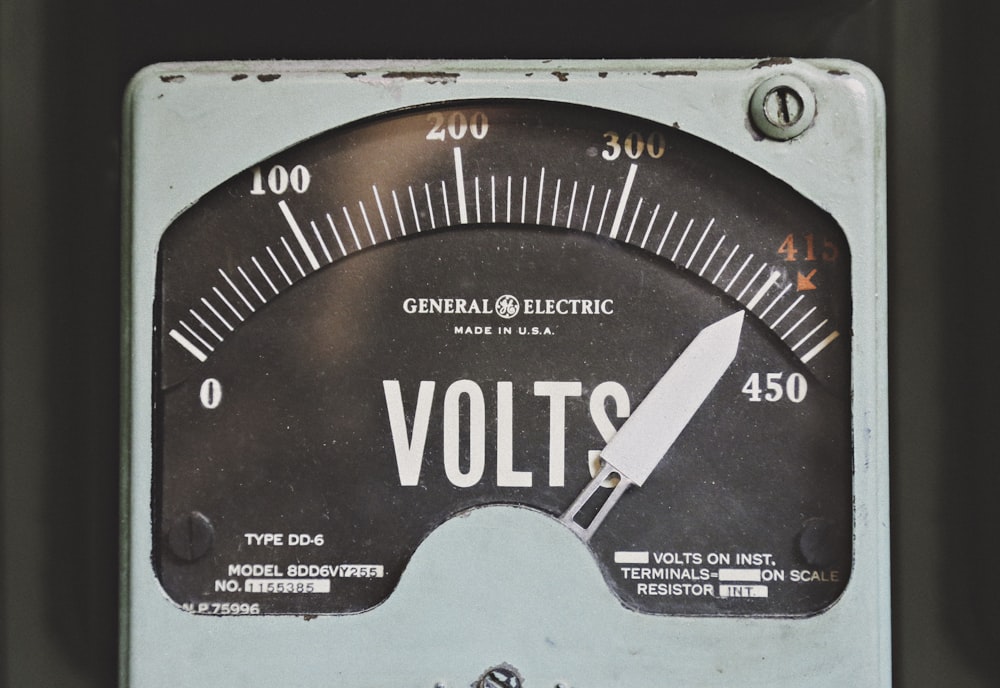One of today’s biggest political and societal issues is that of environmental preservation and reparations. Humanity’s habits of burning fossil fuels and other means of generating energy has had a destabilizing effect on the global ecosystem. Rising temperatures, increasingly erratic and extreme weather, and loss of wildlife are all evidence of the influence that humanity has on the world. Given our immense capability to shape our environment, we must exercise great discipline and responsibility if we want to carry on harmoniously with nature and our environment. While there are many facets to this issue that need to be addressed, one way to mitigate

the adverse effects of current energy consumption is to adopt nuclear energy as a cornerstone to generating clean energy.
Relatively speaking, nuclear energy is a new and technologically advanced form of energy generation compared to the combustion of fossil fuels. Nevertheless, the way that nuclear energy works is similar to that of fossil fuel combustion. A nuclear facility works by using a controlled chain reaction of enriched Uranium to heat a body of water to the point that it becomes steam. The heat and energy from the steam spins a turbine which then generates electricity. Uranium is a naturally occurring element that is found practically everywhere in the Earth’s crust. The Uranium is mined and enriched through a chemical process into a solid form which can then be placed in rods to be used as fuel for the reactor. Once this reaction begins to occur, it cannot be stopped until it has run itself out. Having said that, nuclear energy facilities can generate huge amounts of energy for many years, regardless of environmental changes. This is the largest advantage of nuclear energy. On top of that, the carbon footprint of nuclear facilities is almost nothing compared to any other kind of energy source.
Despite these huge advantages of nuclear energy over more conventional and renewable energy sources, there are many hurdles in the way for this energy source. The first major obstacle is the public perception of nuclear energy. Most people think of the disasters of Chernobyl, Fukushima, and Three Mile Island when they think of nuclear energy and thus consider it unsafe. However, nuclear energy is one of, if not the safest methods for generating energy for both the workers involved and the environment. There are more casualties and injuries for workers at conventional fossil fuel facilities than nuclear facilities, additionally fossil fuel facilities dump large amounts of carbon dioxide in the atmosphere where nuclear does not. Nuclear energy does possess a weakness, it has a large environmental impact from the waste generated and the fuel spent. The spent fuel can be reprocessed to be used again but it is an expensive process. Mostly the spent fuel is stored in specialized containers that are then placed into a remote location to sit indefinitely. The environmental damage from mishandling the spent fuel or accidents cannot be ignored.

Nuclear energy has yet one more obstacle in its way and it has nothing to do with safety or environmental impact. Nuclear facilities are exorbitantly expensive to build and maintain. This means that it will take much longer to build, operate, and turn a profit with nuclear energy than it would with any other source of power. Also, since nuclear facilities cannot be switched on and off as the market demands change, further commitment must be made to ensure that they run smoothly. Furthermore, nuclear energy does not address the carbon emissions produced through transportation . The technology simply does not exist to shrink nuclear energy to a small enough package to be used in transportation. Perhaps with innovations in the STEM fields, there could one day be nuclear powered vehicles that produce zero carbon emissions.
Nuclear energy has many obstacles in its path to becoming a cornerstone of power generation in a more environmentally conscious age. Though its power (pun intended) cannot be overlooked. Nuclear energy has the capacity to generate massive amounts of energy for decades, both safely and with low cost to the environment. It could cover the baseline needs for power easily and be supplemented with conventional fossil fuel facilities when demand for power peaks. Technological innovations to make nuclear energy less expensive as well as consistent public support for such projects are the best means for nuclear energy sources to play a larger role in generating power and minimize humanities environmental impact.
